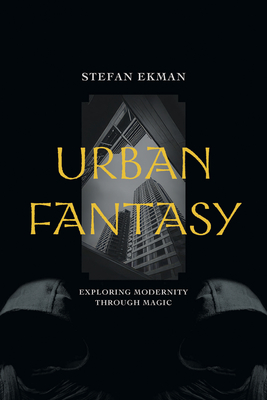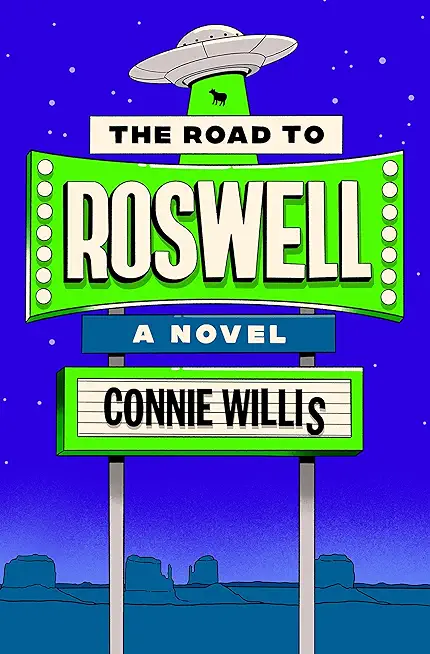
description
c literature in which magic and monsters meet modern society, is fairly young but has old roots. Stefan Ekman's book, Urban Fantasy: Exploring Modernity through Magic, examines the genre in depth, including its inherent social commentary, its historical development, and its interplay between modernity and the fantastic. The author draws on a wide range of urban fantasy texts from five decades, combining detailed analysis of dozens of novels and other media with broad discussions to provide a comprehensive understanding of the genre across three sections. The first section presents an overview of what the genre looks like today--both in terms of its common traits and its variety of settings--and how it has developed over time, including the history of urban fantasy scholarship. The second section examines urban fantasy's core concern with the unseen, for example through a focus on unseen individuals overlooked by society or hiding within it, and on ignored urban spaces or labyrinthine undergrounds. The third section addresses how urban fantasy explores the relationship between the supernatural and modernity. Ekman offers readings of fiction by Ben Aaronovitch, Lauren Beukes, P. Djelí Clark, Charles de Lint, Neil Gaiman, Max Gladstone, Kim Harrison, N.K. Jemisin, and Megan Lindholm, among others. Urban Fantasy will appeal to teachers and students of the fantastic as well as to urban fantasy enthusiasts and literary scholars. Ekman illuminates the genre's evolution and defining traits, inviting readers to rethink urban fantasy as a creative tool for using magic to explore modernity.
member goods
No member items were found under this heading.
Return Policy
All sales are final
Shipping
No special shipping considerations available.
Shipping fees determined at checkout.







